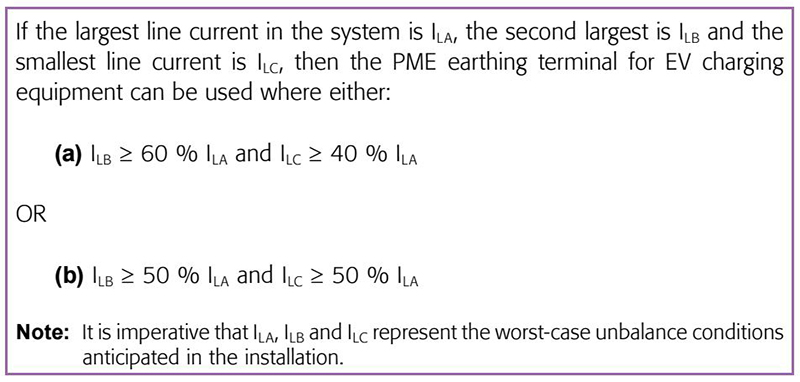Is this brand any good ?

The supply source is a three phase T-N-C-S system. The load on the three phase distribution board is never going to be fully balanced so the options are to either to install earthing rods (electrode) or use one of these devices to avoid hammering rods to be compliant.
Just wondered if anyone had any experience with the brand.
Any other ideas also welcomed.
Regards,
J

